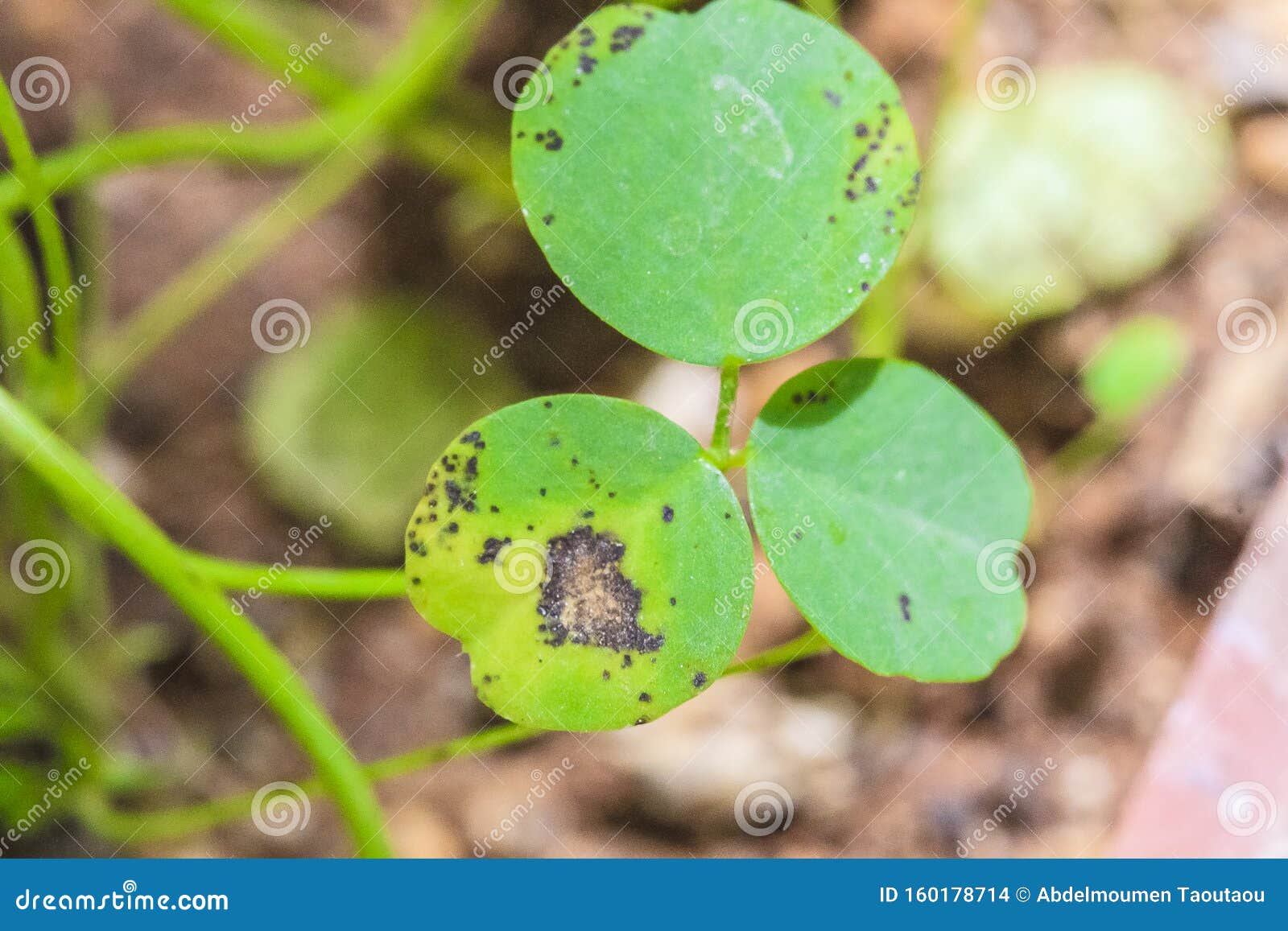
Applying a balanced fertilizer can help strengthen grass, but avoid large applications of nitrogen, especially in the spring – excessive nitrogen increases the growth of new, succulent foliage that will require more frequent cutting. French and Wilson: Unlike the ascochyta leaf spot, this disease attacks chiefly green leaves in the upper part of the plant. Reducing mowing frequency will give grass more time to heal between cuttings, reducing the opportunities for pathogens to enter the blades. Even irrigation throughout the growing season is recommended for grasses of all types, but don’t allow your lawn to get soggy or leave grasses in standing water.įrequent, close mowing can increase the visibility of grass with leaf blight, so sharpen your blades and keep your grass at a height of 2 ½ to 3 inches (6.5 to 7.5 cm.). Dethatch and aerate your lawn each year in the fall to increase water penetration and reduce hiding spots for fungal spores.

Controlling Ascochyta Blightīecause aschochyta blight is so transient, it’s difficult to time fungicidal treatments properly, but a good general care program can go a long way to helping your grass recover. If you find them, don’t panic, grass with leaf blight is rarely seriously injured since the fungus doesn’t attack the crowns or roots. Look for minute yellow to dark brown, flask-shaped fruiting bodies scattered on discolored grass blades. You can positively identify an ascochyta leaf blight infection by examining damaged grass blades with a hand magnifying glass. Ascochyta leaf blight comes on quickly, causing large brown or bleached patches in lawns when the weather is quickly alternating between very wet and very dry, but the exact environmental trigger is unknown. Many grasses are susceptible, but Kentucky bluegrass, tall fescue, and perennial ryegrass are the most common victims. The difference is that the symptoms of Ascochyta may appear quickly or overnight. From a distance, the symptoms resemble drought stress. What is Ascochyta Leaf Blight?Īscochyta leaf blight on lawns is caused by an infection by the fungal pathogen Ascochyta spp. Ascochyta leaf blight cause large irregular patches of turf to quickly turn straw-brown in color and appear dead. Blighted turf symptoms are common lawn troubles, often caused by turf stress and fungal diseases like ascochyta leaf blight. When your lawn is healthy and green, it almost melts into the background, but as soon as brown, brittle grass appears, your lawn stands out like a neon sign. Individual leaves typically start dying from the tip back and bleached lesions may eventually develop along the entire leaf blade.Lawns stretch out across suburbia like an endless grass sea, broken only by the occasional tree or flower patch, thanks to careful maintenance by an army of homeowners. As seen in Figure 1, stand symptoms may rapidly encompass large areas of uniformly blighted, straw colored turf. The pathogen only attacks the foliage therefore, damage is seldom permanent and recovery is quick under favorable growing conditions. Rotations and/or tank mix combinations with Cchlorothalonil, iprodione, or mancozeb (Protect), can be utilized. As the name implies, the primary symptom is blighted leaves. The disease produces at first water-soaked spots in leaves and then the lesions become brown and oval to spindle-shape or irregular and surrounded with yellow halos. This fungus has been documented on many turfgrasses, but more common on tall fescue, Kentucky bluegrass, and perennial ryegrass. Bacterial disease which causes leaf blight occurring mainly in the warm regions. Figure 1 –Typical stand symptoms of Ascochyta leaf blight in tall fescue lawnsĪscochyta leaf blight is caused by nearly 80 different species of Ascochyta. Ascochyta blight, an infection caused by a complex of Ascochyta pinodes, Ascochyta pinodella, Ascochyta pisi, and/or Phoma koolunga, is a destructive disease in many field peas (Pisum sativum L.)-growing regions, and it causes significant losses in grain yield. This might be the disease you’ve overlooked in past springs and is worth learning more about if you want to improve your management skills of tall fescue.

We typically diagnose a few cases of this disease every spring in North Carolina and have already confirmed a few positive sites within the past week.

Even though we don’t see this disease with the same frequency as brown patch, Pythium blight, or gray leaf spot in tall fescue, it demands respect in the world of turfgrass pathology.

Asco what?! That’s the immediate response I get from turfgrass managers when I tell them I just diagnosed their damaged tall fescue sample as Ascochyta leaf blight.


 0 kommentar(er)
0 kommentar(er)
